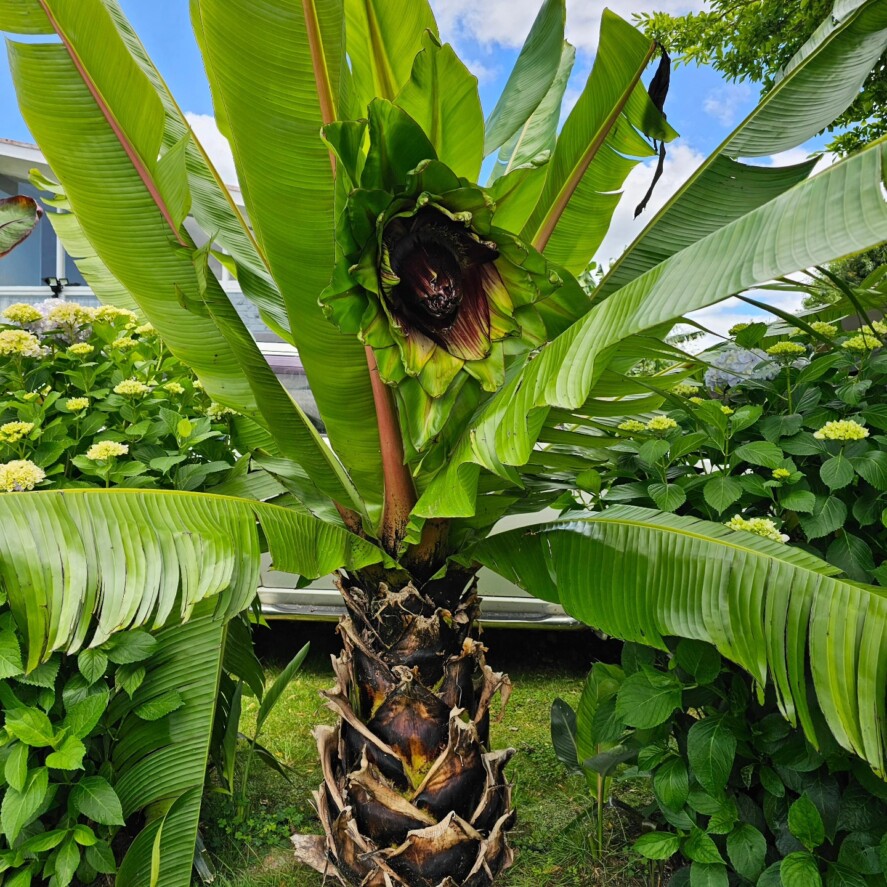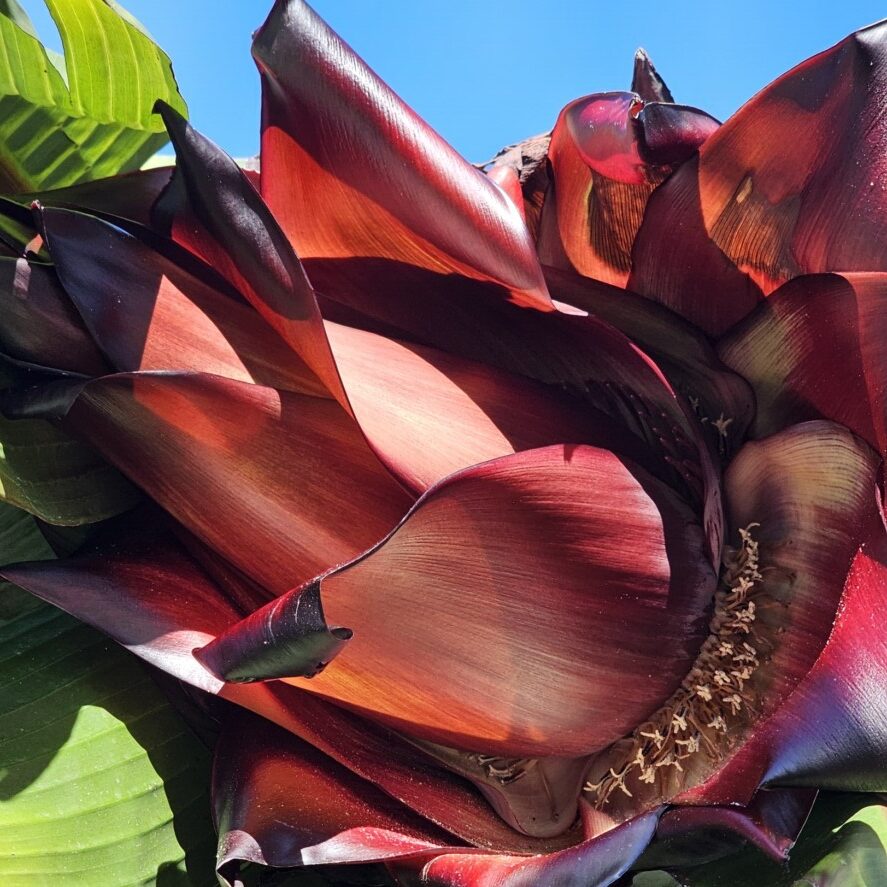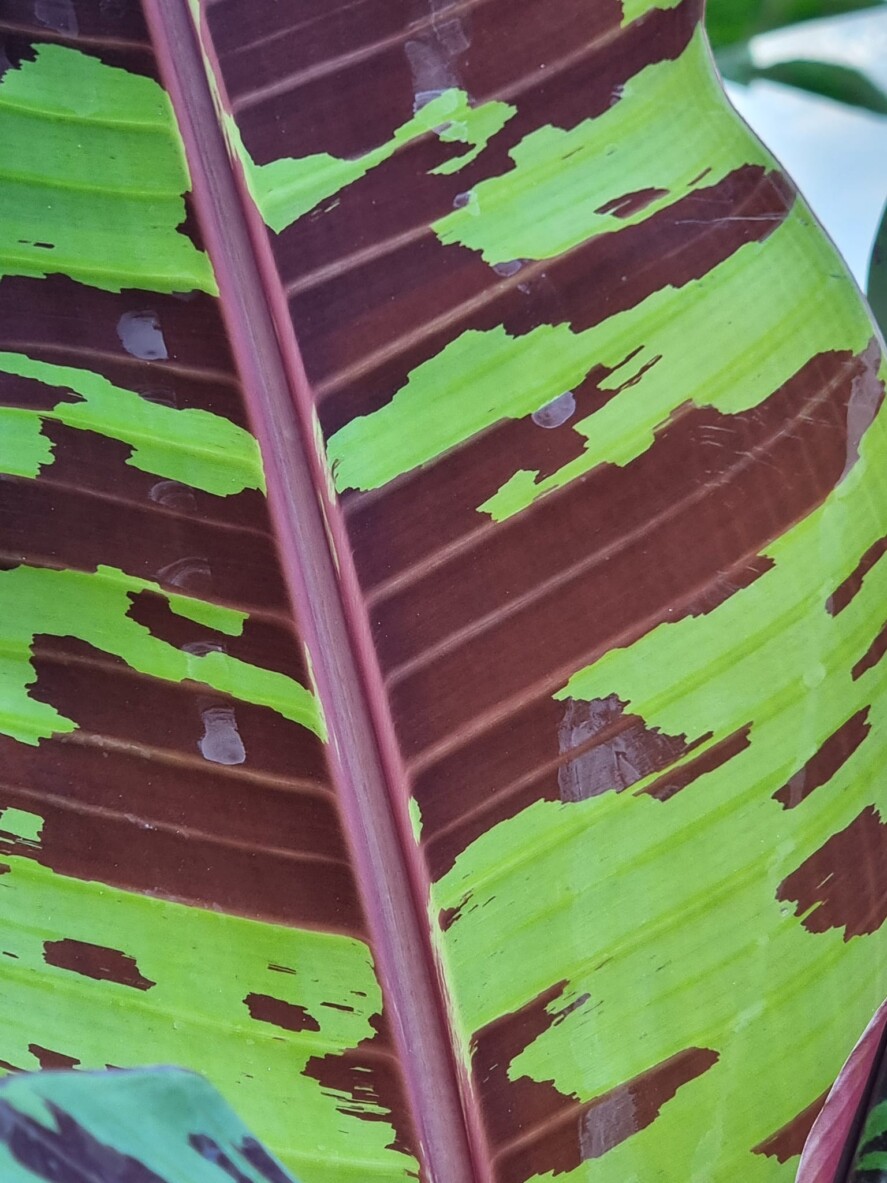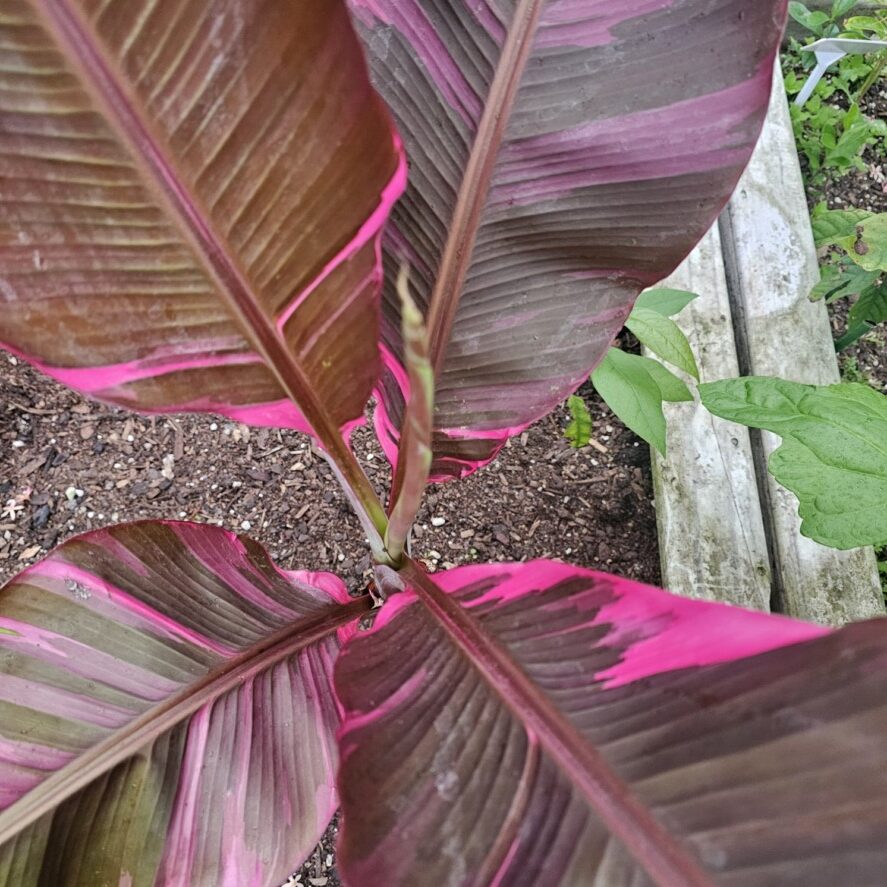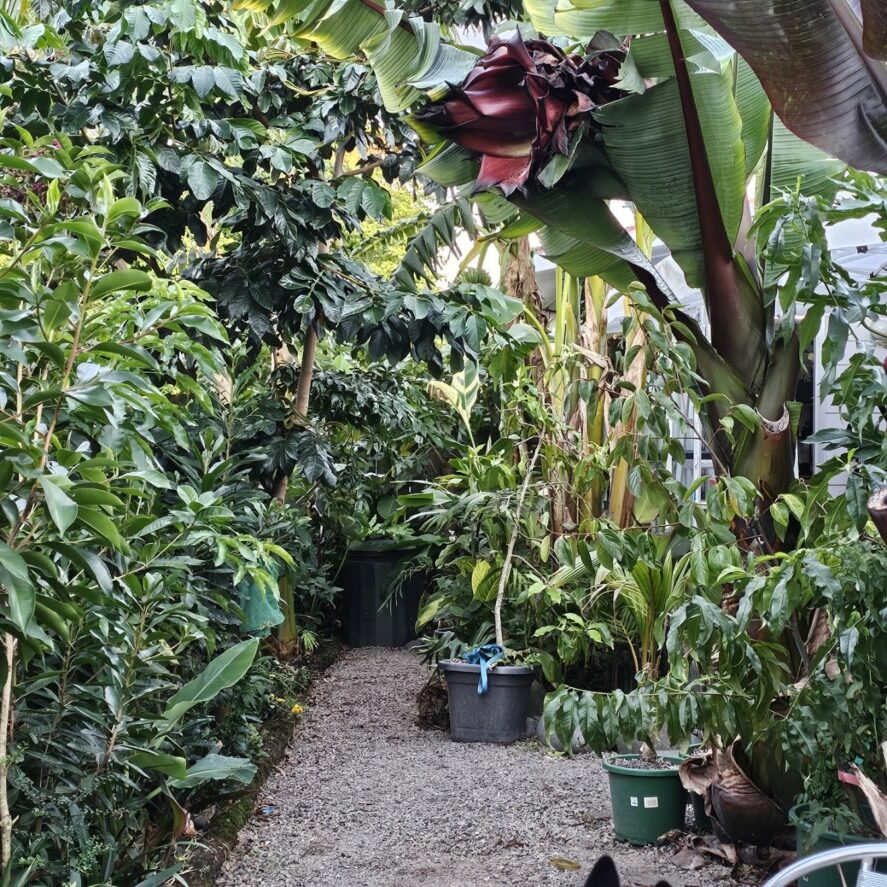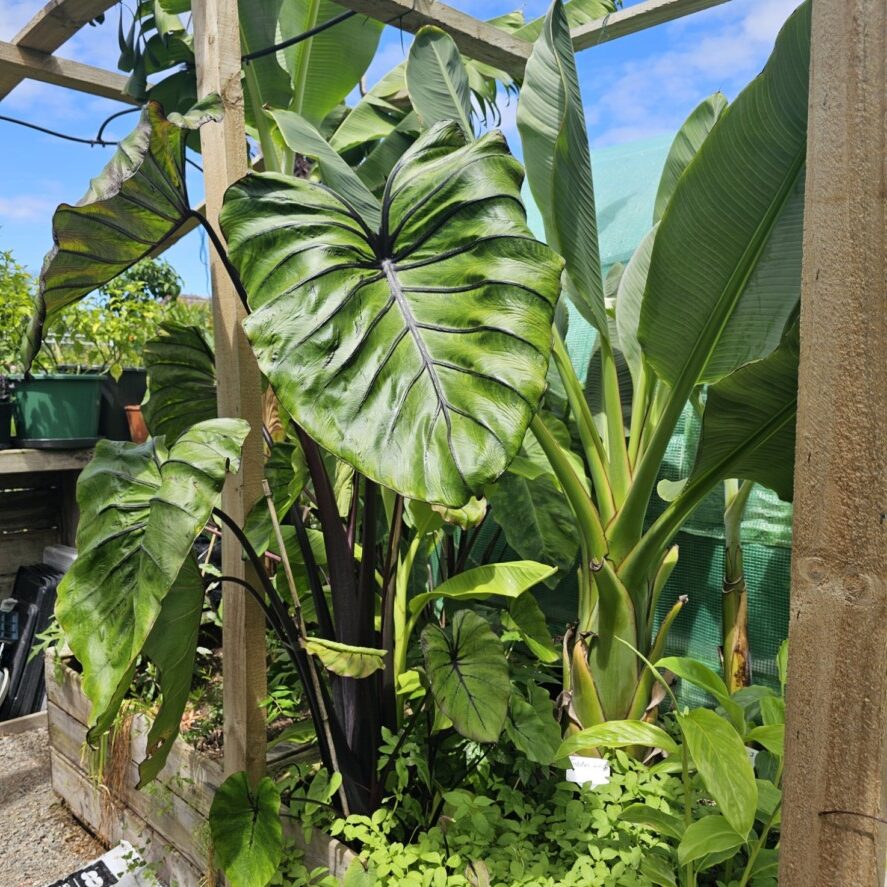-
Troppo Plant & Garden Articles
- Te Puke Region
- TROPPO’s Food Forest in Te Puke, BOP (www,foodforest.org.nz)
- Troppo’s Plant Collection
- TROPPO's Nursery Directory
- Food Forests of New Zealand (www.foodforests.nz)
- Nursery Map - Plant Suppliers of NZ Directory (www.nurserymap.nz)
- Kids Garden Corner
- New Zealand Garden Bird Survey
- New Zealand Garden Groups
- Delicious Recipes
Basil – The Aromatic Culinary Herb Essential for Any Garden
Many gardeners consider basil to be a must-have in their herb garden due to its vibrant flavor and versatility in the kitchen. This fragrant herb not only enhances your favorite dishes but also thrives in various climates, making it an accessible addition to your gardening efforts. By cultivating basil, you can elevate your culinary creations while also enjoying the satisfaction of growing this beautiful plant right at home. In this blog post, you will discover everything you need to know about basil, from cultivation tips to culinary uses.
Botanical Characteristics and Varieties
Before you dig deeper into growing basil, it’s imperative to understand its botanical characteristics and the various varieties available. Basil (Ocimum basilicum) belongs to the mint family and is known for its lush green leaves and aromatic qualities. This tender annual herb thrives in warm weather and prefers full sun, with growth typically reaching between 12 to 24 inches in height. Understanding these traits will help you cultivate a thriving basil plant in your garden.
Plant Description and Growth Habits
For optimal growth, basil requires well-drained soil enriched with organic matter. You’ll appreciate its bushy appearance, which is characterized by upright stems and vibrant green to purple leaves. As the plant matures, it can produce small, white flowers, though pinching off these blooms will help prolong leaf production. Basil generally flourishes in warmer climates, making it a favorite among gardeners.
Popular Basil Cultivars
One of the exciting aspects of basil is its variety. You can choose from numerous cultivars, each offering unique flavors and appearances. Sweet basil, the most common type, is renowned for its aromatic, sweet taste, while Thai basil provides a spicier kick. Other remarkable varieties include Genovese, Lemon, and Purple basil, presenting different culinary possibilities.
Also, these popular cultivars encourage you to experiment in the kitchen, allowing you to choose the perfect basil for your favorite recipes. Sweet basil works wonders in traditional Italian dishes, while Thai basil enhances Southeast Asian cuisine with its distinct anise flavor. With such a diversity of options, you’ll undoubtedly find a basil variety that enhances both your garden and your dishes.
Growing and Cultivation
While basil is a relatively easy herb to grow, it thrives best in warm climates with ample sunlight. Start your basil plants indoors or outdoors, ensuring they receive at least six hours of direct sunlight each day. Keep your plants well-watered but avoid over-saturation, allowing the soil to dry out slightly between watering sessions.
Planting Requirements and Soil Conditions
To ensure healthy growth, basil requires well-drained soil rich in organic matter. A pH level between 6.0 and 7.0 is ideal for optimal growth. Before planting, enrich your garden bed with compost or well-rotted manure to provide necessary nutrients. Basil grows well in pots or directly in the ground, as long as drainage is adequate.
Maintenance and Care
The care you provide for your basil plants includes regular watering, proper sunlight, and pruning. To promote bushy growth, pinch off the top sets of leaves as they grow, preventing the plant from flowering too early. Ensure you remove any weeds that may compete for nutrients, and monitor for pests that could harm your plants.
Hence, maintaining your basil plants will significantly enhance their growth and flavor. Consistent watering is key; do this in the morning to prevent fungal diseases. Fertilize every few weeks with a balanced, organic fertilizer to support vigorous growth. Regularly inspecting your plants for pests and diseases can also help ensure a bountiful harvest. By following these maintenance tips, you’ll enjoy a thriving basil crop and flavorful additions to your culinary creations.
Harvesting and Storage
Even when your basil plants are thriving, knowing how to harvest and store them effectively can enhance your culinary experience. To get the most flavor from your basil, it’s best to trim the leaves in the morning when the necessary oils are most concentrated. Proper storage will ensure you have fresh basil on hand for your favorite dishes throughout the year.
Optimal Harvesting Techniques
Storage techniques matter immensely, as they affect the flavor retention of your basil. For optimal harvesting, use clean, sharp scissors to snip off the performing leaves just above a leaf node. This encourages bushier growth in your plants and ensures you gather the best leaves for your kitchen.
Preservation Methods
About preserving your basil, there are several effective methods to suit your needs. You can freeze fresh leaves in ice cube trays with water or oil, or dry them to retain their unique flavor profile. Each method allows you to enjoy the aroma of basil long after the growing season has ended.
Understanding preservation methods will greatly enhance your ability to enjoy basil beyond its growing season. Drying is straightforward—simply hang bundles of basil upside down in a cool, dark area until fully dry, then store in an airtight container. Freezing, on the other hand, allows you to use basil in dishes without compromising its flavor. Choose the method that best fits your lifestyle, and you’ll have this aromatic herb available whenever you need it.
Culinary Applications
All cooking enthusiasts find that basil elevates a variety of dishes with its robust flavor and aromatic qualities. Whether you are making Italian pasta sauces, Thai curries, or fresh salads, basil’s versatility shines through. You can also use it to create aromatic marinades, delightful pesto, or even in herbal-infused oils, making it an indispensable herb in your kitchen repertoire.
Traditional Uses in Global Cuisines
For centuries, basil has been a staple in many global cuisines, particularly in Mediterranean and Asian dishes. In Italy, it’s famously featured in Caprese salad and pizza, while in Thailand, Thai basil adds a unique flavor to stir-fries and soups, showcasing its adaptability and timeless appeal.
Flavor Profiles and Pairings
Along with its distinct sweet and peppery flavor, basil complements a variety of ingredients, making it a favorite in countless recipes. You will find that it pairs exceptionally well with tomatoes, garlic, mozzarella, and olive oil, among others, creating harmonious taste experiences in your cooking.
The combination of basil’s bright, aromatic notes and its ability to enhance other flavors makes it a beloved ingredient in many kitchens. It brings out the sweetness of fruits like peaches and pairs beautifully with spices like black pepper or garlic. Whether you’re crafting a classic pesto or adding finishing touches to a summer salad, the right pairings can amplify the impact of basil in your dishes. Embrace its versatility, and let your culinary creativity flourish with this remarkable herb.
Health Benefits and Medicinal Properties
Keep in mind that basil is not just a culinary delight; it also boasts an array of health benefits. This fragrant herb is rich in antioxidants, which combat oxidative stress in the body, and has anti-inflammatory properties that may help reduce chronic inflammation. Regularly incorporating basil into your diet can support digestive health, boost your immune system, and even promote mental clarity, making it a fantastic addition to your wellness routine.
Nutritional Value
Benefits of basil extend to its impressive nutritional profile. It is low in calories yet packed with vitamins and minerals, including vitamin K, vitamin A, manganese, and magnesium. Additionally, basil provides imperative oils like eugenol, which can contribute to its various health benefits, making it a valuable addition to not just your meals but your overall health plan.
Traditional Medicinal Uses
Between its culinary uses, basil has long been revered in traditional medicine for its healing properties. It has been employed in various cultures to alleviate ailments such as headaches, digestive issues, and respiratory conditions. The imperative oils contained in basil have been noted for their antimicrobial and antibacterial effects, further enhancing its role in holistic health practices.
Even today, basil’s rich history in traditional medicine continues to attract interest. You may find it used in herbal teas, tinctures, and imperative oils created to relieve stress and anxiety. Its adaptogenic qualities can help your body adapt to stressors, while its anti-inflammatory effects may promote overall wellness. Using basil not only enhances your culinary creations but also connects you to centuries of herbal traditions aimed at fostering health and vitality.
Common Problems and Solutions
Now that you’ve planted your basil, it’s necessary to stay aware of the common problems that can arise. Issues like pests and diseases can affect the growth and flavor of your herb. By taking proactive measures, you can ensure that your basil thrives in your garden. Regular observation and timely action will keep your plants healthy and productive.
Pest Management
Before planting your basil, consider implementing preventive measures against common pests such as aphids and whiteflies. Use organic insecticidal soap or neem oil to control infestations early. Regularly inspecting your plants and maintaining good hygiene in your garden will significantly reduce pest problems.
Disease Prevention
By ensuring proper spacing between plants and providing adequate airflow, you can minimize the risk of diseases like downy mildew and fusarium wilt. Keeping your basil’s foliage dry by watering the soil rather than the leaves will further protect your plants from fungal infections.
Solutions for disease prevention extend beyond just watering practices. Utilizing disease-resistant varieties of basil can help mitigate issues. Additionally, rotating your basil with other crops yearly will prevent soil-borne diseases from accumulating. Implementing these strategies will create a robust growing environment for your basil, allowing you to enjoy a rich harvest.
Summing up
With this in mind, incorporating basil into your garden is vital for enhancing your culinary experience. This aromatic herb not only adds flavor to your dishes but also brings a delightful fragrance to your space. Whether you use it fresh, dried, or infused, basil is versatile in the kitchen and connects you to the joys of homegrown ingredients. By cultivating basil, you enrich both your recipes and your gardening skills, making it a truly rewarding addition to your plant collection.

